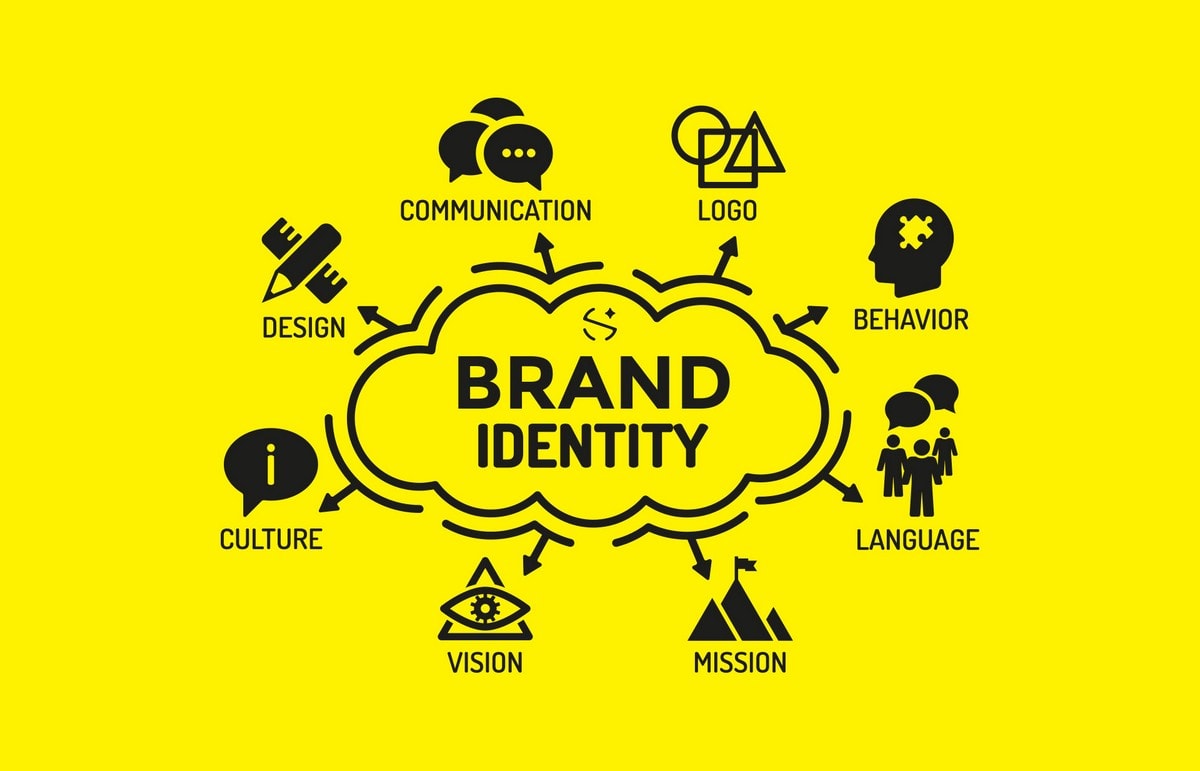Your brand goes public when you unveil your name, logo, and slogan, and when you begin to tell your market the story of how your brand reflects what you stand for. Manage, leverage, and protect your brand. This is the “care and feeding” phase of the branding process; it’s the step that leads to a strong, healthy, resilient brand. Brand-new definition is - conspicuously new and unused; also: recently introduced. How to use brand-new in a sentence.
Differences in Timeframe
Promotions are time specific and may be short term while advertising may be generically long term. For example: ABS company may start a promotion of giving free drinks at a mall for a day during the festive season, while the same company may advertise much before about their drink at the start of the festive season and extend it during and beyond the season. Advertising is aimed towards the long term building of the brand while Promotion is aimed at the short term tactical goal of moving ahead in sales.
Types of promotion and advertising
What Is A Brand Ambassador
Promotion is generally divided in two parts:
- Above the line promotion: Promotion in the media.
- Below the line promotion: All other promotion. Much of this is intended to be subtle enough that the consumer is unaware that promotion is taking place. E.g. sponsorship, product placement, endorsements, sales promotion, merchandising, direct mail, personal selling, public relations, trade shows.

Advertising can be of the following types:
- Media: Commercial advertising media can include wall paintings, billboards, street furniture components, printed flyers and rack cards, radio, cinema and television ads, web banners, mobile telephone screens, shopping carts, web popups, skywriting, bus stop benches etc.
- Covert Advertising: Covert advertising is when a product or brand is embedded in entertainment and media. For example: John Travolta wearing only 'Diesel' clothing in a movie.
- Television Commercials: Virtual advertisements may be inserted into regular television programming through computer graphics. It is typically inserted into otherwise blank backdrops.
- Internet Advertising: This is the newest form of advertising wherein web space is used and email advertising is used. On the internet, there is often an overlap of advertising and promotion on sites like Indiegogo and Kickstarter, where individuals and small businesses try to raise funding for their ideas, often in exchange for promotional items or items that feature advertising of the product/company.
Relationship of Sales with advertising and promotions
What Is A Brand Name
Typically promotions are directly linked with sales while advertising is an assumption that it may lead to sales. For example: Giving 20% discount on products may attract a customer and induce instant sale while giving a general brand creation advertisement in the newspaper may not induce immediate sale.
Cost of advertising vs promotion
Promotions are directly linked to sales and hence for small companies it may be easier to use promotional methods. Advertising may be more expensive for small companies and it may not be feasible for them while in advertising it is being assumed that adverts will lead to sales.
For example: A store may give 20% discount on its products which may increase sales while the same shop may find it difficult to advertise this in various medias.
References
If you are ready to brand yourself or your business, you need to have a clear understanding of what developing a brand actually involves before you really get started. Your brand-development process should always follow these major steps:
Decide what you’re going to brand.
Are you branding a product, a service, a company, or an individual?
Do your research.
First, find out everything there is to know about your market. Then, find out everything there is to know about your product or service.
Position your product or service.
Find and win a place for your offering in the marketplace and in consumers’ minds by providing unique solutions to problems or needs that aren’t already being addressed by competing products.
Write your brand definition.
Your brand definition describes what you offer, why you offer it, how your offering is different and better, what unique benefits your customers can count on, and what promise or set of promises you make to all who work with and buy from your business.
Develop your name, logo, and tagline.
Your name is the key that unlocks your brand image in your consumer’s mind. Your logo is the brandmark or symbol that serves as the face of your brand. Your tagline is the memorable phrase that provides consumers with a quick indication of your product, brand, and market position.
Launch your brand.
Your brand goes public when you unveil your name, logo, and slogan, and when you begin to tell your market the story of how your brand reflects what you stand for.
Manage, leverage, and protect your brand.
This is the “care and feeding” phase of the branding process; it’s the step that leads to a strong, healthy, resilient brand. Just like good parenting, good branding management can be summed up in a single word — consistency.
Realign your brand to keep it current.
Occasionally, you can (and should) change how your brand is presented. From time to time, you need to update your brand presentation (the face of your brand) to keep it relevant to the market in which it lives.